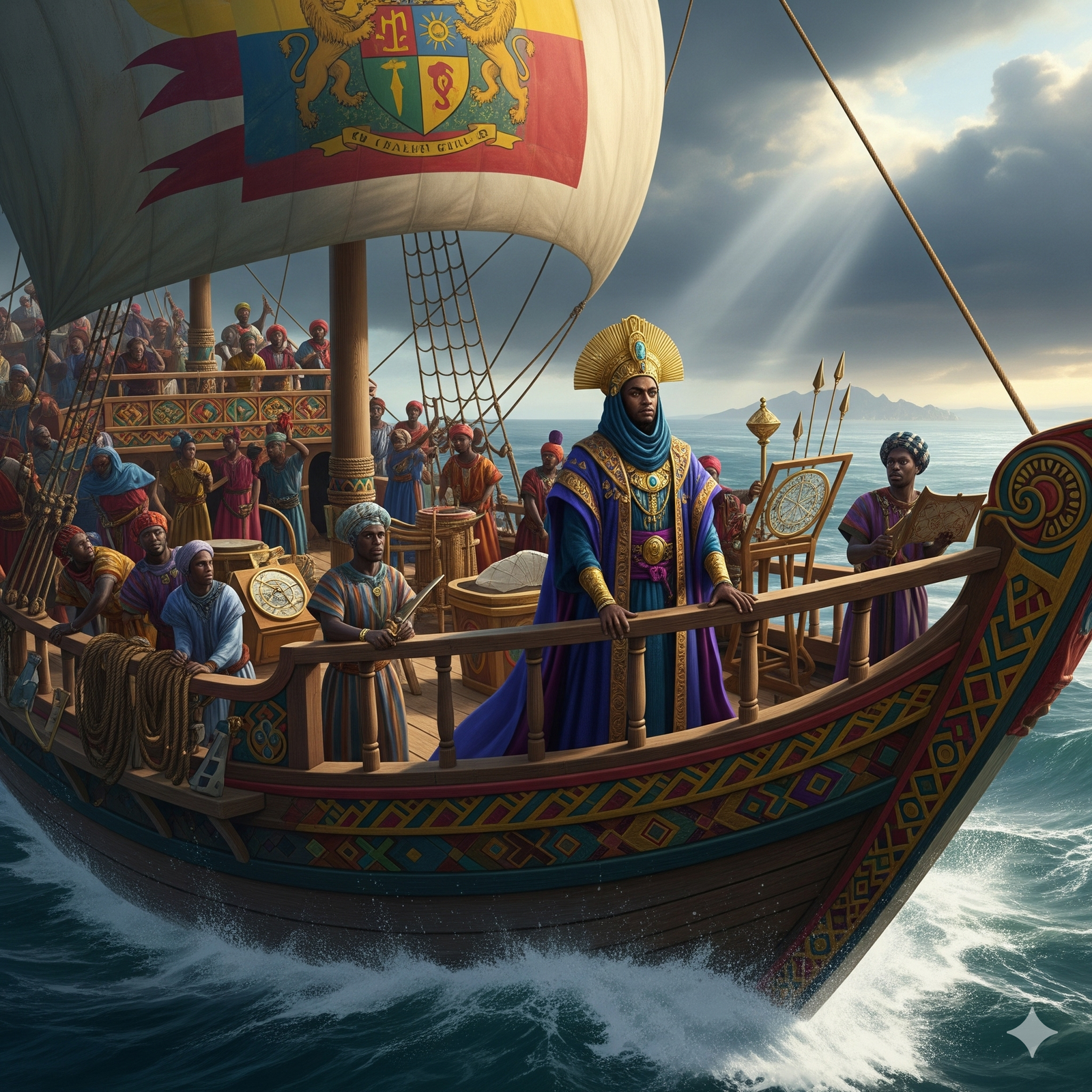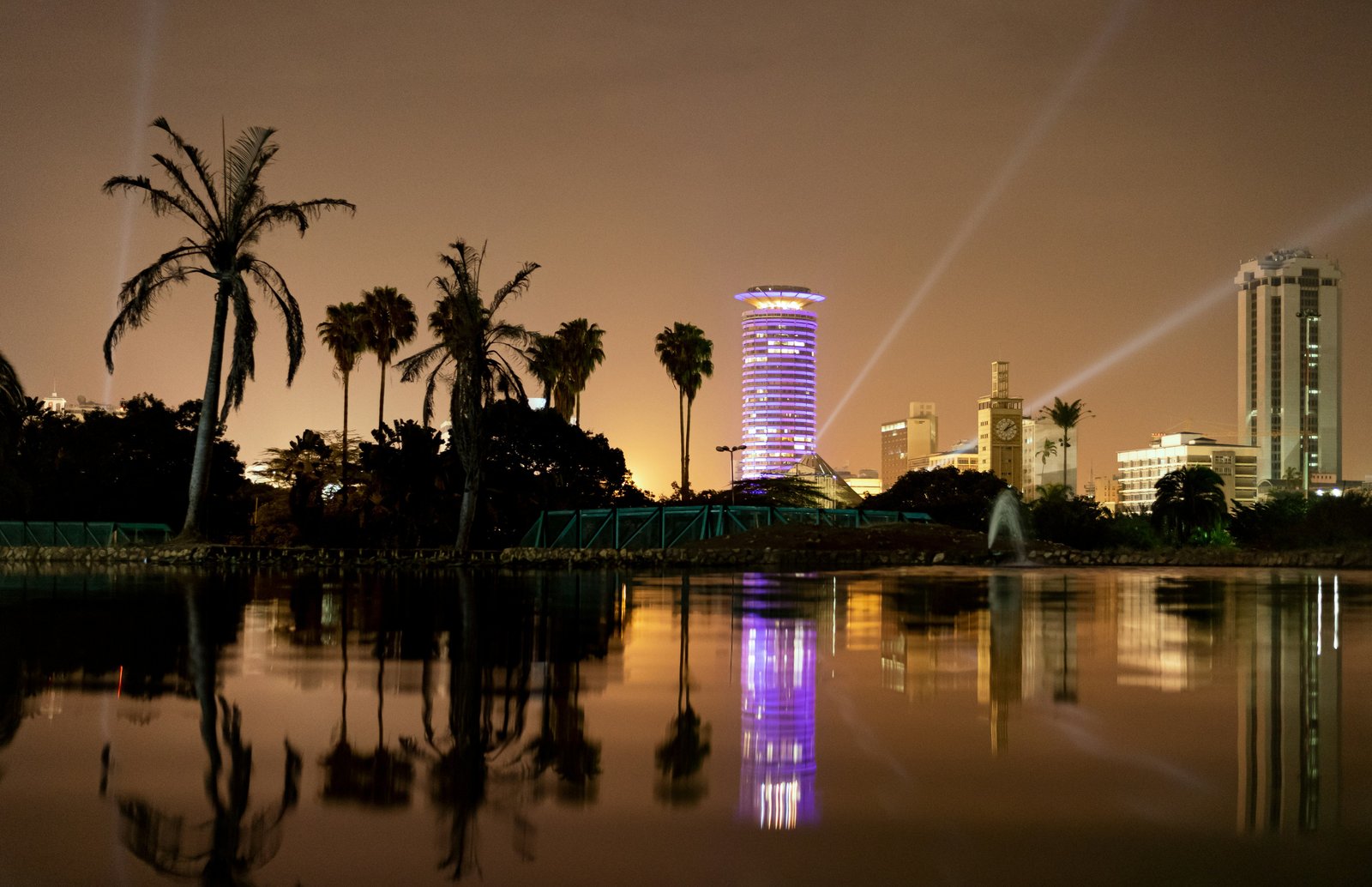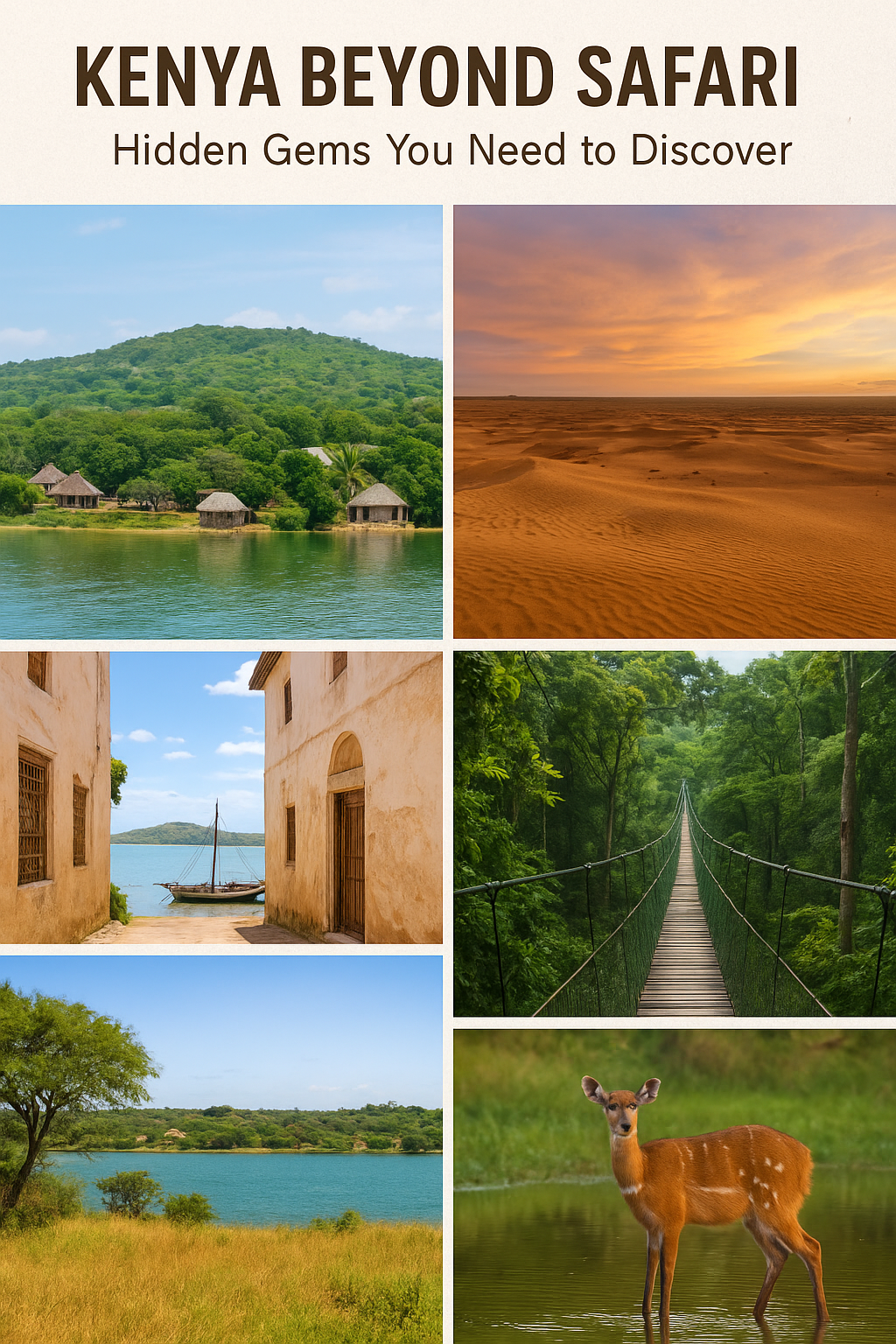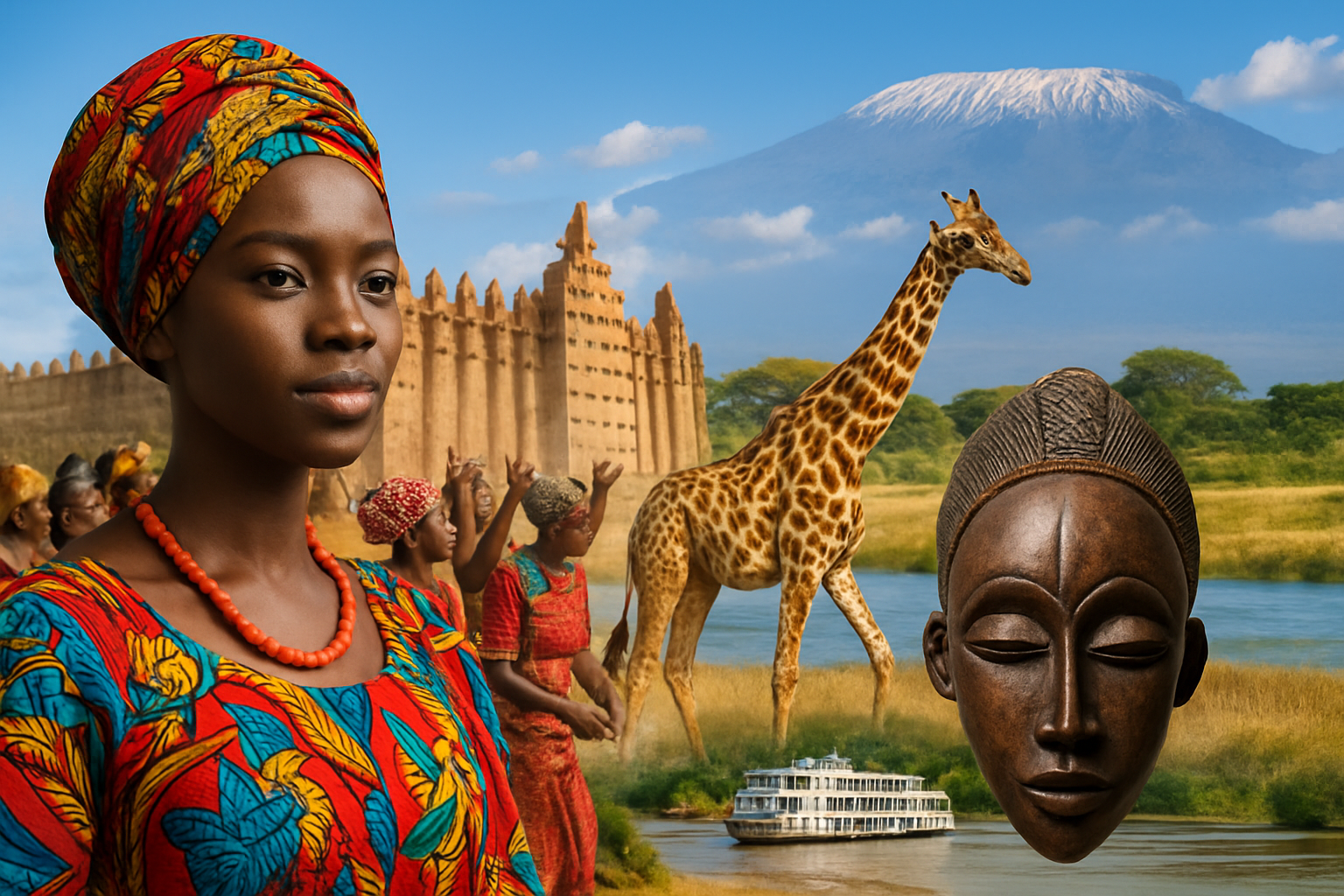
🌊 The Forgotten Voyage of Mansa Abubakari II: Africa’s Atlantic Explorer Before Columbus
By Dante, 2 months ago
When people think of great explorers who crossed the Atlantic, names like Christopher Columbus and Vasco da Gama dominate the conversation. The common narrative begins in Europe’s “Age of Exploration,” painting Africans as passive bystanders until the arrival of ships bearing foreign flags. Yet African history tells a very different story. More than a century before Columbus, an emperor from one of Africa’s most powerful kingdoms — Mansa Abubakari II of Mali — is said to have launched a daring expedition across the Atlantic Ocean. With thousands of ships and men, he sought to uncover the mysteries of the horizon. Though his journey ended in silence, his legacy challenges how we think about exploration, Africa’s role in world history, and the myth of isolation. This is the story of Abubakari II — the emperor who gave up a throne of gold to chase the unknown. The Mali Empire: Wealth, Power, and Knowledge To understand Abubakari, one must first understand the Mali Empire, a civilization that flourished in West Africa between the 13th and 16th centuries. A Land of Gold Mali was founded by Sundiata Keita after the Battle of Kirina in 1235. Over the next century, the empire expanded across much of West Africa, encompassing modern-day Mali, Senegal, Gambia, Guinea, Niger, and parts of Nigeria. Mali controlled the trans-Saharan trade routes, where caravans carried salt from the Sahara southward and gold, ivory, and slaves northward. Its rulers were unimaginably wealthy. Gold dust was so common in Mali that it was used for ornaments, ceremonies, and international trade. Cities of Knowledge The empire was not only rich but intellectually vibrant: Timbuktu became a center of Islamic learning, with universities and libraries housing thousands of manuscripts. Scholars from North Africa and the Middle East came to study astronomy, medicine, mathematics, and theology. The city of Gao flourished as both a commercial hub and a cultural center. Mali’s Maritime Potential Although Mali was inland, its western borders stretched to the Atlantic coast. The empire controlled river systems like the Niger, which nurtured traditions of boatbuilding and navigation. West Africans constructed long canoes and seafaring vessels, some capable of carrying up to 80 men. Combined with Mali’s organizational strength and wealth, this maritime knowledge laid the foundation for Abubakari’s bold dream. The Restless Emperor Abubakari II, also known as Abu Bakr II, ascended the throne in the early 14th century. He inherited not only vast riches but also a legacy of expansion and ambition. Unlike other rulers, Abubakari was fascinated not just with ruling land but with the ocean itself. The Atlantic, stretching endlessly to the west, posed a question that haunted him: “What lies beyond the great water?” His curiosity was more than idle wonder. Trade routes across the Sahara had already connected Mali to North Africa, the Mediterranean, and beyond. Abubakari must have known of Viking voyages in the north, Arab navigators crossing the Indian Ocean, and legends of lands far across the seas. The First Expedition The most detailed account of Abubakari’s voyages comes from the Egyptian historian Al-Umari, who interviewed Mansa Musa in Cairo in 1324 during Musa’s famous pilgrimage to Mecca. According to Musa, Abubakari’s curiosity drove him to action. He ordered a fleet of 200 ships to sail westward across the Atlantic. Each ship was carefully provisioned: One half carried men, scholars, and sailors. The other half carried food, water, gold, and supplies for long-term survival. The fleet set out, vanishing into the ocean. Months passed. Finally, one ship returned. Its captain told Abubakari a chilling tale: > “We sailed far into the ocean until we reached a place where the water seemed to rush downward with great force. Most of the fleet was swallowed by the current. I turned back, but the others did not return.” Where modern geography sees the Canary Current and equatorial drifts, Abubakari saw a mystery worth unraveling. To him, the disaster was not an end but a clue: the ocean had pathways, currents that led somewhere. Abdication and the Great Voyage of 1311 Most emperors would have abandoned such a perilous quest. Abubakari chose the opposite. Determined to solve the riddle of the Atlantic, he made a radical decision: He abdicated the throne in favor of his brother’s son, Musa, who would later become the legendary Mansa Musa. He began preparing a second, far grander expedition. This time, the scale was unprecedented: 2,000 ships in total 1,000 ships carried men — warriors, scholars, sailors, and settlers. 1,000 ships carried supplies — grain, seeds, gold, livestock, water, and tools. The fleet was said to be so vast that it stretched across the horizon. In 1311, Abubakari II himself led the armada into the Atlantic, leaving behind his empire, his throne, and his name. He was never seen again. Could Abubakari Have Reached the Americas? Here the line between history and possibility blurs. No definitive archaeological proof has been found of Malian contact with the Americas. Yet several intriguing clues keep the debate alive. 1. Ocean Currents Modern oceanography confirms that currents flow directly from West Africa to the Americas: The Canary Current sweeps from the coast of Senegal and Gambia toward the Caribbean. Voyages using this current can reach Brazil or the West Indies in weeks, even without advanced navigation. This means Abubakari’s ships, if seaworthy, could have made the crossing. 2. Spanish and Portuguese Chronicles When Columbus arrived in the Caribbean in 1492, some indigenous people reportedly spoke of “black men who came from the east in boats, trading in gold-tipped spears.” Early Spanish accounts mention the presence of black traders in the region. 3. Linguistic and Cultural Echoes Some scholars argue that certain words in Mandinka, a Malian language, appear in early Caribbean and South American dialects. Others point to agricultural practices, such as the cultivation of cotton and knowledge of metallurgy, that may suggest African influence. 4. The Olmec Heads The giant stone heads of the Olmec civilization in Mexico, with their broad noses and full lips, have fueled speculation about African contact. While mainstream archaeology attributes these features to indigenous diversity, some researchers argue they resemble West African physiognomy. 5. Archaeological Finds In South America, a few pre-Columbian artifacts made of alloys consistent with West African metallurgy have been discovered, though evidence remains sparse and contested. Skepticism and Debate Most mainstream historians remain cautious: The lack of definitive artifacts, settlements, or genetic evidence makes it hard to prove trans-Atlantic contact. Oral traditions and second-hand chronicles can be unreliable. Some argue that even if the fleet set out, it may have perished at sea. Yet the very plausibility of the voyage — given the currents, the resources of Mali, and the recorded determination of Abubakari — makes it difficult to dismiss. Legacy of Abubakari II Whether or not he reached the Americas, Abubakari’s story leaves an enduring legacy. 1. Africa as an Agent of Exploration His voyage reminds us that Africa was not isolated before colonialism. Africans were trading across the Sahara, sailing the Indian Ocean, and possibly crossing the Atlantic long before European expansion. 2. The Power of Curiosity Abubakari gave up unimaginable wealth and authority — an empire of gold — to pursue knowledge. His decision to abandon the throne for exploration is rare in history, showing the depth of his vision. 3. Inspiration for Reframing History The story of Abubakari II forces us to reconsider how exploration is taught. Instead of beginning with Columbus, the narrative should include Africa’s navigators, explorers, and risk-takers who shaped global connections. Conclusion: The Emperor Who Sailed into Mystery Mansa Abubakari II remains a ghost of history — a figure caught between legend and fact. His story may never be fully proven, but it offers a powerful counter-narrative to Eurocentric history. In 1311, an African emperor launched one of the greatest voyages ever attempted, sailing into the unknown with thousands of men and ships. He never returned, but his legacy endures as a reminder that the human drive to explore, discover, and connect has always belonged to all civilizations. More than six centuries later, his voyage continues to whisper across the waves: a tale of ambition, courage, and the eternal question of what lies beyond the horizon.


